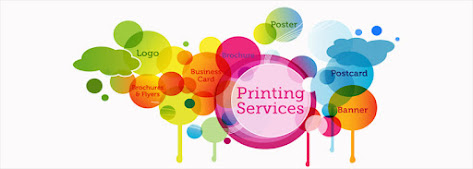Booklet Printing For Silk PCYK Technology
Choose the Booklet Design tab on the Layout tab. The layout you are using is shown on the right side of your screen. Select the desired design from the Print Preview option. Using the design tool, select the font style and color to be used for your booklet. Use the right formatting options to make the text clearer and bolder.
You can use the margins, padding, and alignment options to create a professional-looking Booklet Printing. For example, if you want your booklets to appear crisp and clean, you can adjust the margins to the desired extent. The alignment options are
available from left to right, top to bottom, or right to left. The size of each side must be selected so that the text appears to fit together properly. If the dimensions of your
sides are too small, the text may be difficult to read.
A four-page booklet can be made perfect bound with the use of the four-sided tape and staple bound. Staple-bound makes a clean, professional-looking finish. The four sides are taped to each other, and each side is stapled to the next side until the page is covered. The fourth page can then be inserted into the stock.
Use the same four-sided tape and staple bound on the inside cover. The four sides are attached together neatly at the inside of each page. To produce a clean, professional-looking cover, use saddle-stitched covers. The saddle-stitched cover can be made with any thread, including heavy card stocks. The heavier the stock, the thicker the stitching should be. Use very thick ink, such as wax paper, when printing on saddle-stitched Booklet Printing papers.
When using a printer that prints on both sides (and sides that have similar sizes), it will take less time to print the text as the printer will only have to switch the printing
direction. This is ideal for Bulk printing on many pages. Using a printer that only prints on one side produce uneven text. For Booklet Printing, the printer should flip the page over and flip it back for the complete reverse printing process.
Many businesses choose to include blank pages in their booklet printing because they make the booklet lighter. Printing on blank pages is also more cost-effective than
printing on full page. When printing on blank pages, the printer can cut out any extra material that does not need to be included in the final product. You can include blank pages with every sheet that you print; however, it is not recommended to include more than two-thirds of a page's weight with these pages. The extra material can interfere
with the final quality of your products. In addition to the weight factor, if there are any images or pictures used in the booklet design they will need to be resized in order to fit onto the blank pages.
The layout of the booklet printing should follow the guidelines provided by the printer paper size and design of each page. Most printers provide templates or guides to assist in this process. However, if you would like to modify any of these instructions, make sure you know how to do so before beginning. Doing so could result in a lot of wasted time.
When printing on my, it is imperative to ensure that you are able to see all of the data that you place within the document through the entire duration of printing. Some
printing machines can only read the lower right corner of a Cirus label. The best option is always to use a silk PCYK print head. This provides the most accurate reading and eliminates any problems associated with reading and viewing Cirus labels.




Comments
Post a Comment